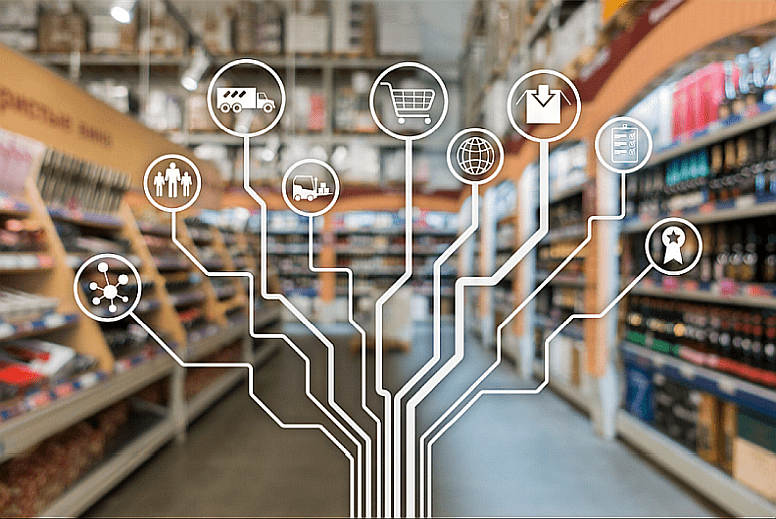Multi-channel Ecommerce Distribution refers to the ability to have your products displayed on a range of different online sites such as:
- your own webstores
- marketplaces such as Amazon, eBay and Etsy
- through Google Shopping
- or on a distributor’s website.
This greatly expands the reach of your products to all potential customers as they can stumble upon your products when browsing through various sites that they frequent. In other words, it enables you to grow your customer base and convert them from strangers to customers, and even get that word-of-mouth factor going as they might share / recommend their purchases with friends and family.
Whether a customer wants to:
- go to one of your bricks & mortar store,
- a distributor’s store,
- pick up from your warehouse,
- click & collect from your store carpark,
- shop at their favourite online marketplace,
- or at one of your owned webstores
if you want to grow your business, you need to be there; when and how they prefer to shop.
As you can see from the above explanation a multi-channel ecommerce distribution model has a lot of potential moving parts and therefore needs a sophisticated end-to-end solution to enable businesses to scale this type of endeavour.
Automation is key to growth particularly when it provides a seamless solution from the moment an order is placed to the moment it is safely delivered, (placed in the hands of the consumer, or on the rack in the recipient’s warehouse). Having a multi-channel order fulfilment system that integrates with your online stores and marketplaces, and / or your ERP system, and manages your deliveries including the last mile is essential for offering a competitive ecommerce solution.
Order Management
A sophisticated Order Management Solution (OMS) will be able to import all sales orders regardless of where that sale took place. Whether that be via:
- phone (an then input into an ERP or accounting system)
- webstore
- online marketplace
Importing orders therefore needs to be achieved by a range of methods, such as:
- EDI or API integrations with ‘on premise’ or cloud-based supply chain systems
- csv / Excel import
- Outlook integration
It shouldn’t matter much to the end user of the OMS where the order came from, just that they are automatically flowing through into the centralised system to be processed.
Inventory Management
The next step is to ensure the order is in stock. This is where you move to an Inventory Management System (IMS). The system needs to be able to send data back to Amazon, or your Shopify website or warehouse, (wherever the order has come from), to update in real time the availability of the particular SKU being ordered. Otherwise, you end up with a lot of backorders and a lot of unhappy customers who were essentially lied to on the availability and / or the speed with which an order will be delivered.
Transport Management
Lastly, you need a Transport Management System that can:
- advise the shopper in real time on the freight costs (including charge weight and surcharges)
- advise in real time on the different delivery timeframe options
- assist the warehouse operator with selecting the best carrier (cheapest / fastest)
- print freight labels and organise pickups
The TMS system needs to be built with appropriate carriers who can best carry out the logistical needs inherent to ecommerce, particularly for B2C, & D2C consignments, i.e., carriers with the right vehicles for delivering to residential addresses on residential streets, with automated systems at their depots for sorting parcels, with barcoded freight labels for accurate sorting.
APIs are helpful for real time rates at checkout, but a good TMS will also have other methods of displaying that information on your website.
Tracking is also important to provide certainty to online customers on their deliveries. Having email & SMS alerts on shipped, and other milestones for delivery, including of course delivered, will help to convert those new customers.
Conclusion
So, as you can see there is quite a bit involved in the backend after the shopper has selected their order, and with setting up the practicals of your logistics. Luckily our technological capabilities have grown to meet the multi-channel ecommerce distribution revolution, and we have the expertise and carrier networks to assist with the actual physical movements of goods in a timely and cost-efficient manner.
At Freight Controller we have a multi-channel TMS with embedded ecommerce platform that covers the outlined Order fulfilment and Inventory Management tasks within the one system. We can build that system with your own carriers and / or carriers that we supply that are tailored to your specific distribution requirements.
If you need to adopt a multi-channel ecommerce distribution model to grow your business and meet the demands of modern-day consumers, contact us to learn how we can help.

